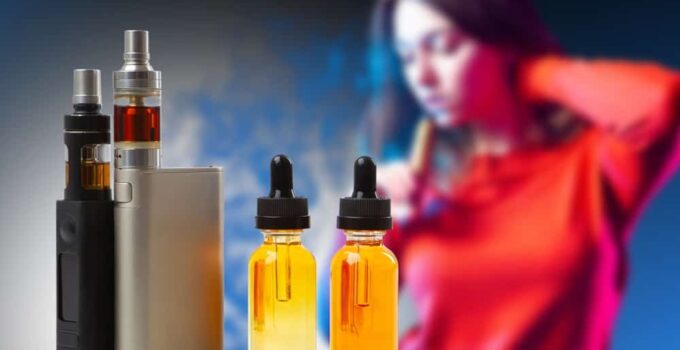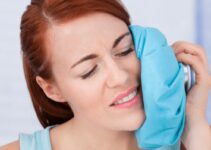E-liquid manufacturers selling in the UK have to abide by a range of rules and regulations throughout the production process. Here’s a closer look at how e-liquid manufacturing works and which steps are taken to keep it safe.
E-liquid Manufacturers
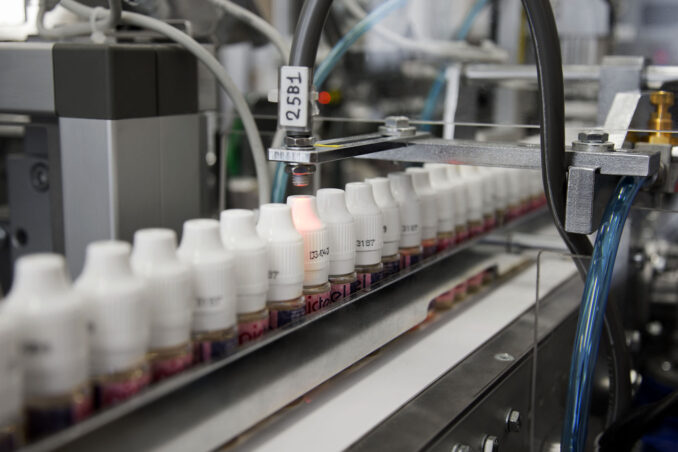
nictel.co.uk
Even though vaping is an NHS-recommended smoking cessation tool and Public Health England estimates vaping to be 95% less harmful than smoking, many people are still confused about the safety of using a vape. With lots of concerning misinformation on the internet, it’s important to clear up the facts from the fiction.
Vape juice, also known as e-liquid or e-juice, is one of the vape industry’s biggest victims of misinformation and scaremongering. For non-vapers, these strange liquids with their confusing ingredients might seem scary at first glance. However, much like any foods, drinks, or pharmaceuticals, the UK e-liquid industry is carefully regulated to ensure the quality and safety of every product.
E-liquid manufacturers selling in the UK have to abide by a range of rules and regulations throughout the production process. Here’s a closer look at how e-liquid manufacturing works and which steps are taken to keep it safe.
TPD and TRPR compliance
The Tobacco Products Directive (TPD) is the key regulatory guideline that vape and e-liquid manufacturers must abide by if they want to sell products in the EU and UK. Although it came into effect in 2016, when the UK was still a member of the European Union, the UK ratified the regulations as part of its own Tobacco and Related Products Regulations (TRPR) so these rules continue to apply in the UK post-Brexit.
The aim of the TPD (and therefore the TRPR in the UK) is to ensure the right safety measures are taken when selling tobacco products. The relevant regulations for nicotine e-liquid set out by the TPD include:
- Size: E-liquids containing nicotine must not be sold in bottles larger than 10ml. Note: nicotine-free e-liquids such as shortfills can be sold in bigger bottles.
- Strength: E-liquids cannot contain more than 20mg/ml of nicotine.
- Packaging: E-liquids must have child-resistant and tamper-evident packaging.
- Labelling: There must be a health warning on the label.
Additionally, six months before a new e-liquid is launched its details (product characteristics, formulation and toxicology, and emissions) must be submitted to the The Medicines and Healthcare products Regulatory Agency (MHRA) to ensure that they are compliant.
Choosing and sourcing ingredients
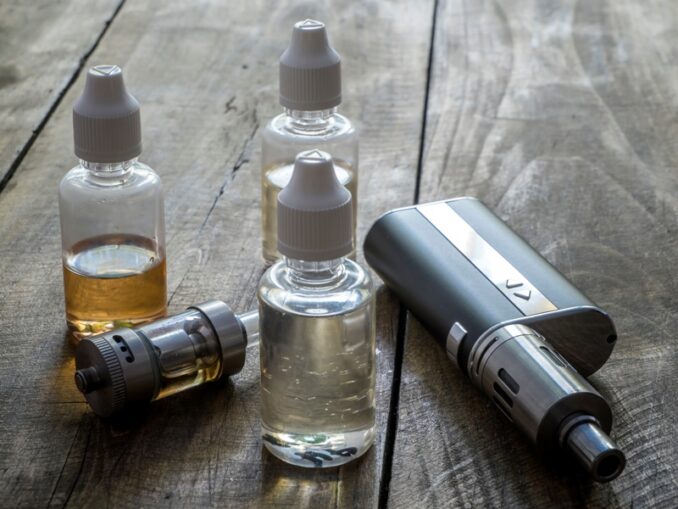
source:nexeem
An e-liquid is only as good as its ingredients, so these must be carefully sourced with traceability. The ingredients in e-liquid are a base made of vegetable glycerine (VG) and propylene glycol (PG), flavour concentrates, and nicotine synthesised from tobacco leaves.
VG and PG are safe substances that can be found in a wide range of foods, cosmetics, and pharmaceuticals in addition to vape juice. VG, made from oils such as soybean, coconut, or palm oil is often used in ice cream, toothpaste, makeup, and soap. PG is added to many foods such as grated cheese, salad dressings, and marshmallows. Both VG and PG are very safe substances that we come across in various forms almost every day, although in some rare cases people may have allergies to PG.
The flavourings used in e-liquid are carefully regulated to ensure safety, with certain flavourings that have been found to be harmful being outlawed in e-liquid manufacturing. For example, a flavouring called diacetyl has been banned in EU and UK e-liquids since 2016 due to concern about possible links to a lung condition called bronchiolitis obliterans, more commonly referred to as ‘popcorn lung’. While there have been no confirmed cases of popcorn lung being linked to e-cigarette use, the ban on this possibly harmful flavouring shows that e-liquid manufacturers are required to be very careful about the ingredients they use.
Finally, nicotine is a harmful ingredient that is addictive, raises blood pressure, and can alter the brain, especially in the development of adolescents. While consuming nicotine by vaping is far less harmful than smoking because cigarettes contain cancer-causing tar and chemicals, vaping nicotine can still have harmful effects. For this reason, it’s important that vaping is only used as a smoking cessation aid and is not used by young people or individuals who have never smoked before.
Mixing, filling and labelling e-liquid bottles
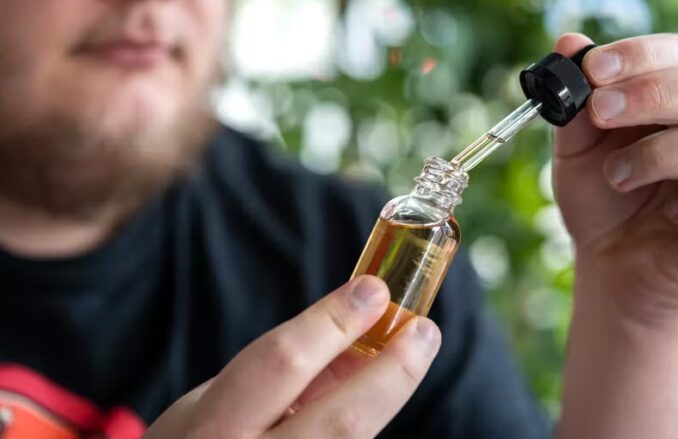
Source:pinterest.com
In the controlled environment of the lab, the e-liquid ingredients are mixed by hand or using a machine. All staff in the lab wear masks, hair covers, and lab coats to avoid contamination of the recipe. E-liquid manufacturers ensure workers’ safety during the e-liquid mixing and bottle filling process with careful risk assessments and policies. In addition to wearing protective items, e-liquid factories will have specialised washing facilities for use in the event of spills.
Once the vape juice has been mixed, it is poured into the bottles by hand or using machines. These bottles are labelled according to TPD regulations, with details about the amount of nicotine in the formula and the safety warning printed on the outside. This ensures that customers know exactly what they are vaping and can feel confident that it complies with national regulations.
Quality control
The quality control stage of manufacturing e-liquid is essential to make sure the product is of a consistent high standard and is safe for vapers to use. Visual control and composition analysis are carried out and the testers ensure that there are no harmful chemicals present in the e-juice.
Flavour testing and nicotine content testing are also carried out at this stage to make sure the juice tastes perfect and that the nicotine content is in line with labelling and TPD regulations.
After being checked, the e-liquid bottles are packaged ready for shipping to warehouses, vape shops, and customers around the UK. They are kept away from heat, moisture, and light to keep them in great condition until they reach the customers.
Vaping safely with reputable brands
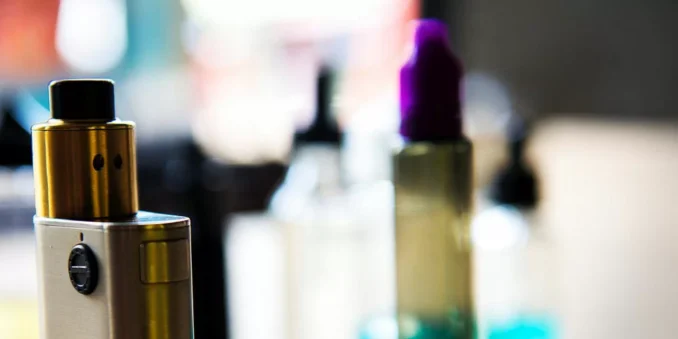
Source:facebook.com
While e-liquid manufacturers selling legally in the UK have to abide by the TPD/TRPR and various safety rules, it’s unfortunately the case that some illegal and potentially dangerous products are still being sold on the high streets. Recently, raids on vape shops have found mountains of illegal and possibly unsafe merchandise, including e-liquids. Officials from Trading Standards have reported the seizure of hundreds of thousands of illegal and possibly dangerous vapes from high street stores.
The best way to protect yourself when buying vape juice is to only buy from reputable and trustworthy stores. Legion of Vapers, for example, is an online vape shop with a wide range of TPD certified and carefully selected e-liquids on offer. Offering premium quality vape juice at wallet-friendly prices, you can feel confident that the e-liquids you purchase from Legion of Vapers are manufactured to the highest quality and safety standards.


